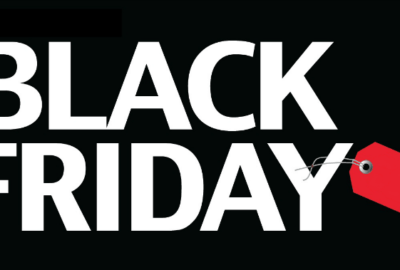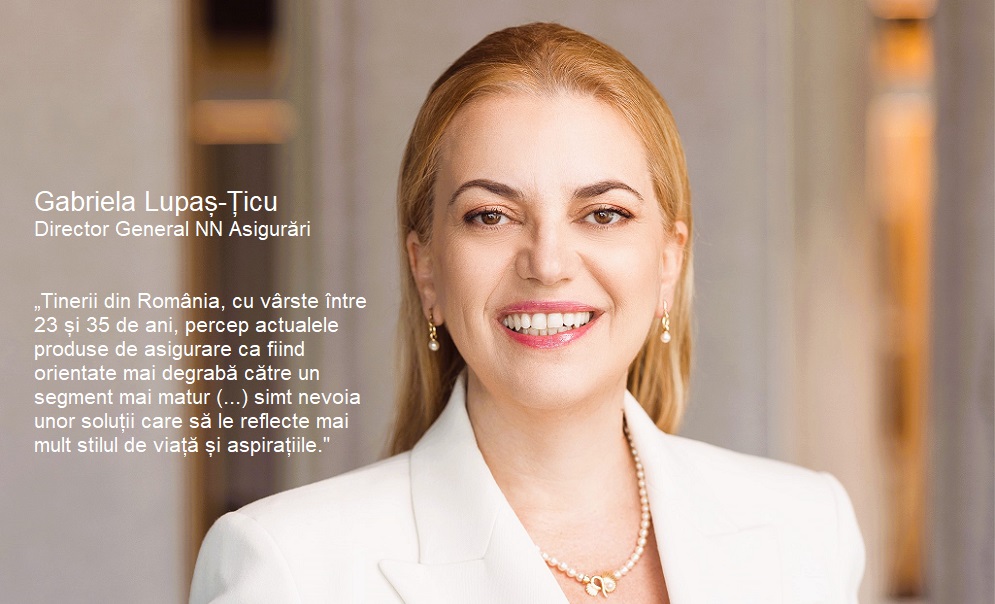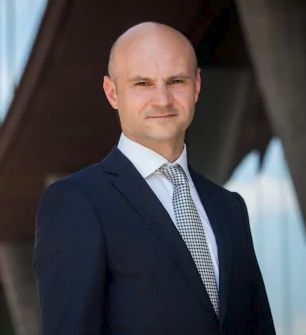The world’s cash is disappearing. Bankers aren’t sure where it went.

Check your pockets. Society is increasingly going cashless, but banknotes are more in demand. Bankers search for clues – an article written by
David Winning.
Some Australians are burying it. The Swiss might be hiding it. The Germans are probably hoarding.
Banks are issuing more notes than ever and yet they seem to be disappearing off the face of the earth. „Central banks don’t know where they have gone, or why, and are playing detective, trying to crack the same mystery.”, according to The Wall Street Journal.
The puzzle is especially perplexing since societies and companies are going cashless, given the boom in payments by cards and cellphone apps.
A Federal Reserve economist, Ruth Judson, wrote in a 2017 paper that about 60 per cent of all US currency, and about 75 per cent of $US100 bills, had left the country by the end of 2016 — for a total of about $US900 billion in US dollars kept overseas. Socking those bills away provides some protection against economic turmoil, especially in countries with a record of instability in their own financial systems, the paper said.
In Australia, the stock of Australian bank notes on issue relative to the size of the economy is near the highest it has been in 50 years, said Philip Lowe, governor of Australia’s central bank. He showed off newly-printed bank notes to diners at a recent event in Melbourne and estimated that about $2000 in printed bills exists for every Australian. …
“People hide their money everywhere,” said Sven Bertelmann, head of the Bundesbank’s National Analysis Centre in Mainz, Germany. Sometimes bank notes are buried in the garden, where they start decomposing, or hidden in attics, where they are used by mice for building nests.
“It happens again and again that people keep money in an envelope and then they shred it by mistake,” Mr Bertelmann said. “We pick up the bank notes with tweezers and then start to put them together, like a jigsaw puzzle.” …
Australia’s central bank says its best guess is that only around a quarter of the bank notes in circulation are used for everyday transactions. Up to 8 per cent of cash is used in the shadow economy — tax avoidance or illegal payments — while as much as 10 per cent could have been lost. That is $7.6 billion missing at the beach or in couch cushions.
The biggest use of cash is as a store of wealth “in safes, under beds and at the back of cupboards, both here in Australia and elsewhere around the world,” Dr Lowe, the RBA governor, said.
Dariusz Mazurkiewicz – CEO at BLIK Polish Payment Standard
Banking 4.0 – „how was the experience for you”
„To be honest I think that Sinaia, your conference, is much better then Davos.”
Many more interesting quotes in the video below:










